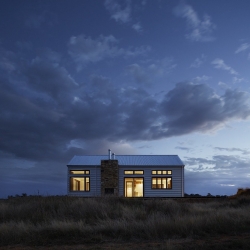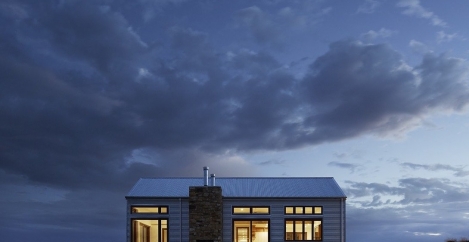March 20, 2023
Lighting is just as important for those working from home as it is in the office
 Working from home now constitutes a part of many office workers’ lives so the latest revision to The Society of Light and Lighting Guide now includes guidance for those creating an office in their home through the conversion of a bedroom or other room. This revision to The Society of Light and Lighting’s Lighting Guide 7: Lighting for Offices [paywall] is the most significant in a long time. Not because of the amount of information that has changed or been introduced, but because home working now constitutes a part of many office workers’ lives. Such a dramatic change for many could not have been foreseen when the previous edition of LG7 was published.
Working from home now constitutes a part of many office workers’ lives so the latest revision to The Society of Light and Lighting Guide now includes guidance for those creating an office in their home through the conversion of a bedroom or other room. This revision to The Society of Light and Lighting’s Lighting Guide 7: Lighting for Offices [paywall] is the most significant in a long time. Not because of the amount of information that has changed or been introduced, but because home working now constitutes a part of many office workers’ lives. Such a dramatic change for many could not have been foreseen when the previous edition of LG7 was published.
The issues associated with occupational health are obviously just as important when working at home and good lighting has an important role to play. In the revised document, lighting for home working now has dedicated sections and includes guidance for those creating a dedicated home office by converting rooms, such as spare bedrooms, into offices where existing lighting may not be ideal.
As with traditional workplaces, the colour and texture of the décor and furniture will have a significant impact on the way lighting is reflected within the space. Bedrooms might start out with walls and floor coverings which were selected initially to create a relaxing space but which may not be ideal for an office environment, where the occupant could spend many hours having to concentrate on specific tasks. An office environment is better suited to pale shades which will help to reflect the available light.
A worked example of the conversion of a domestic bedroom to a home home office is now included in the Guide. In this example, removing dark or heavily patterned wallpaper and replacing it with either a plain pale-coloured wallpaper or painted surface is discussed as one of the best ways of improving the lighting. Changing floor coverings for paler colours or using a pale-coloured rug will also help, as will changing curtains or blinds for a pale colour. An adjustable blind would give more control and could be considered.
Rising energy costs and the need to consider the environmental impact of how we use energy means that the optimisation of available daylight is an important consideration. Décor changes can help, but so can the correct placing of the users desk.
Often a desk is placed against a wall so that the user sits facing the wall. This limits the ability to adjust ones point of focus and see into distance. Such a placement is not ideal from an artificial lighting perspective either. Electric lighting in many bedrooms is often a single pendant lampholder in the centre of the ceiling. This may be sufficient to illuminate the task area appropriately. However, in this instance it will be behind the user and whose shadow will now be cast on the task area. In this instance, additional and perhaps unnecessary localised lighting from a desk lamp would then be required.
When setting up a home office, it’s essential to consider how lighting impacts focus, mood, and productivity throughout the day. While natural light is ideal, it may not always be available or consistent, especially in the winter months or in smaller spaces. That’s why many remote workers choose to buy lights specifically designed for task lighting or mood enhancement—ensuring their work environment remains bright, energising, and conducive to getting things done.
The guidance in LG 7 for home offices is intended to bring considerations such as these to the fore, which might otherwise not be seen as having such an important influence on their energy use and also how the space makes them feel, especially if they will be spending many hours each day there.

Brendan Keely is the Secretary of the Society of Light and Lighting














